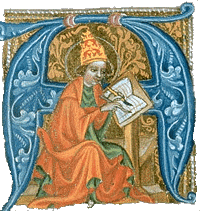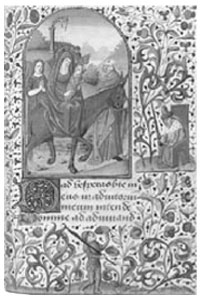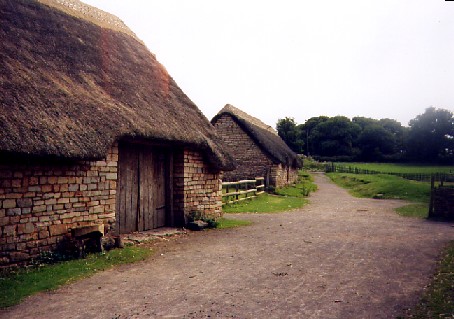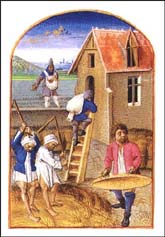
|
| 
|
| Introduction Task Maps Castles Medieval Towns & Villages Medieval Cultures Creatures Magic Conclusion Adults Page Image Credits |
Towns & Villages



The Butcher, The Baker, The Candlestick Maker...In this section you will gather information about medieval life, towns, and villages that will help you build the towns and villages in your world. Towns were few and far between in the Middle Ages. Usually towns were connected to or close to a castle. The town gained the protection of the lord of the castle in exchange for goods and produce. Villages might be sizable, or might be no more than a small collection of houses, farms, and buildings. Each castle, town, or village requires people with many different skills. Who are the people in your world and what do they do? What is their daily life like? Where do they live? Where do they work? Your world will need many people, with many different kinds of skills. Surely there will be richly addorned kings and queens, finely dressed lords and ladies. Not to mention, brave knights and warriors. Skillful bards may keep histories, tell mythic tales, and recount deeds of derring do. The religions you create will require priests or priestesses, monks and nuns (or their equivalents). You will also need artisans, craftsmen, innkeepers, farmers, sailors, traders, and so forth. If the world you create contains magic, you will need witches and wizards or sorcerers and sorceresses. Perhaps even a hero or two? All of these people will need places to live in the castles, towns, and villages of your world. Likewise, your world will need all of these people to bring it to life. The castles, towns, and villages will need their skills and abilities, and the goods and services they provide. You will also need to think about the layout of each town and village. How are the streets and houses arranged? What do the buildings look like? Is there a central square? Is the market in the central square or at the edge of town? Where are the pens that hold livestock to be sold? Does the town or village have access to a waterway, port, or road along which travellers and goods may pass? Are the roads paved, or unpaved? Are there guards and customs officers at the town limits? What You Need To Do:
Your towns will need:
Your villages will need:
Resources on Medieval Life:
Resources on Buildings in Medieval Towns and Villages:
Send Comments to: agrey@juno.com |